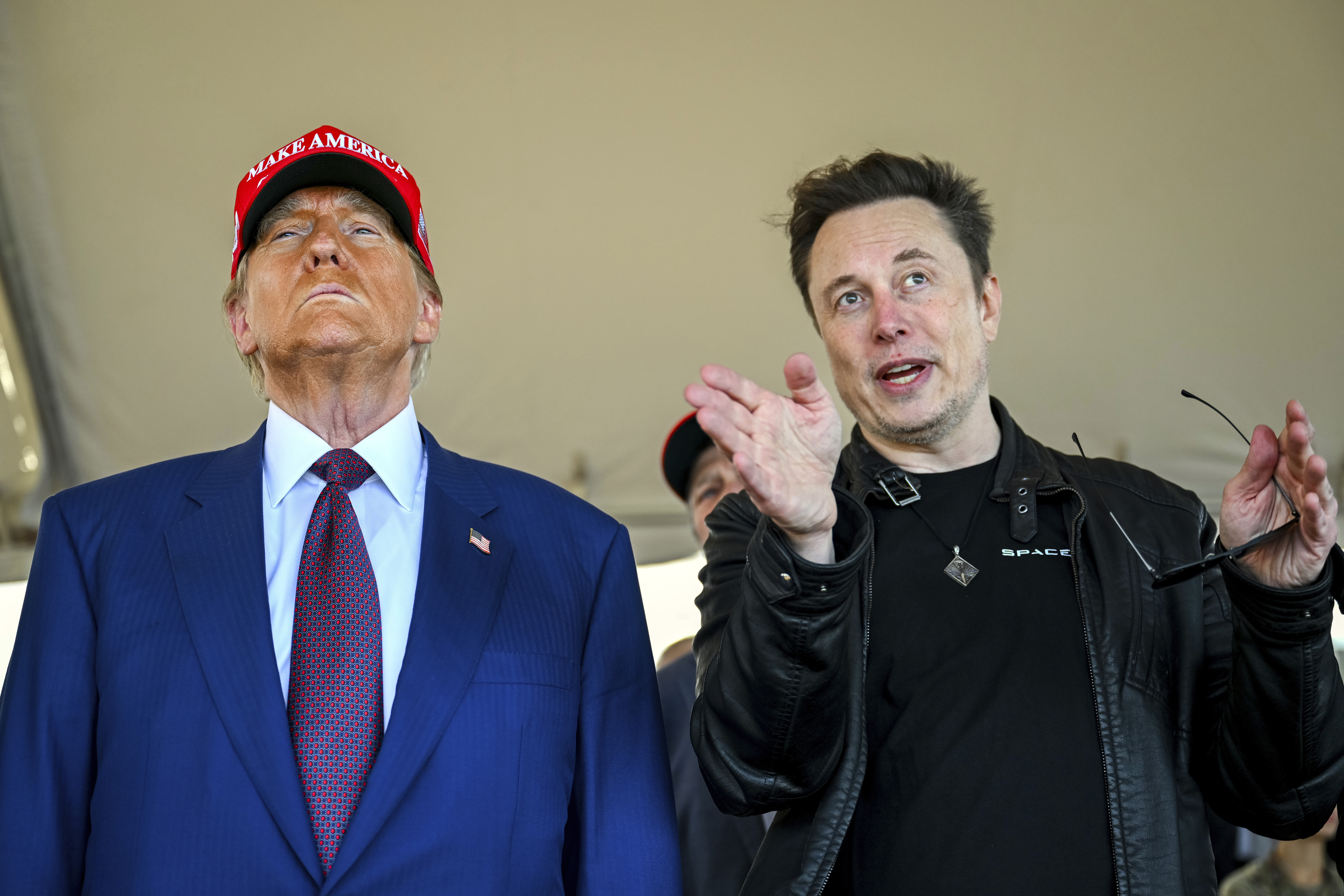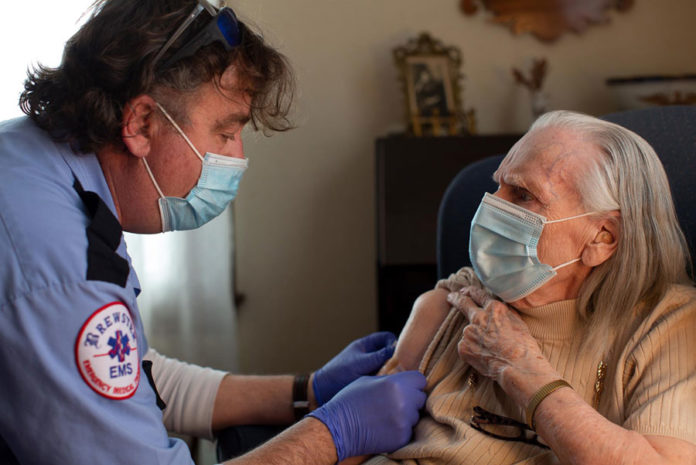What is “health equity”? For anyone who works in a healthcare, education, or social service setting, this term is common. But the people who are described by the term may not have any idea what it means about their lives, or the work that is being done in this area.
According to the Centers for Disease Control and Prevention (CDC), “health equity” is when everyone has a fair and just opportunity to be healthy – conversely, “health inequity” is when some people don’t have the same opportunity to be healthy as others. Equity is different than equality. Equality means that everyone gets the same resources and opportunities. However, equity is understanding that each person has unique circumstances and there are specific resources and opportunities that are needed for them to reach an equal result. The resources and services that one person may need to be healthy are not the same as what someone else needs. Equity means each person gets what they specifically need to be as healthy as they can be.
Health equity is important as it has become the primary focus of many public health policies and interventions. Over the past two years, the COVID-19 pandemic has brought to light many social and racial injustices. These injustices and inequities have become a public health crisis. Specifically, racial and ethnic minority groups have continued to face the brunt of the pandemic as they have an increased risk of getting sick and dying from COVID-19.
Even after more than two years of living with these new conditions, the COVID-19 situation continues to evolve – but one thing remains constant: COVID-19 shows what health inequity looks like, in how it affects different groups of people. While many groups have rebounded, both in their health as well as economically, the virus continues to affect underserved populations that consist predominately of racial and ethnic minorities. Funding cuts to COVID-19 testing, vaccines, and boosters have continued to be an issue across the country and have impacted already-disadvantaged communities. Specifically, funding cuts create a more tenuous situation for those infected during any upcoming surges, and lead to a reduction of important ongoing resources such as boosters. Unfortunately, people who will get hit the hardest by funding cuts will be marginalized individuals with preexisting shortages of services and resources.
Another example of health inequity is ongoing lack of access to vaccines among vulnerable populations. Vaccine inequity has been prevalent throughout the pandemic. Many communities have struggled to access vaccination sites for a variety of reasons. For example, some people did not have access to an electronic device or Wi-Fi to schedule an appointment online. Many did not have a car or access to public transportation, which limited the sites they could go to. Additionally, the COVID-19 pandemic has brought about an overall mistrust of vaccines, sometimes rooted in fear of doctors or other providers due to the history of discrimination or racial injustices certain people have experienced prior to the pandemic.
While health inequity is nothing new, the COVID-19 pandemic has shined a bright light on the issues that are present throughout the United States and given the private and public sectors a unique opportunity to act. Therefore, we should all advocate for public health policies and interventions that are rooted in evidence and health equity. Some advocacy methods including calling local legislators and demanding a call to action or voting for candidates that support public health. The key is to understand what equity means, so all stakeholders can work together to advance equity and overcome inequity one step at a time.
























